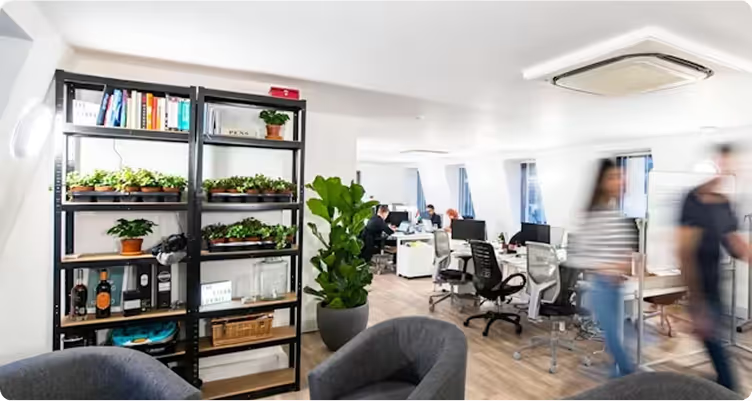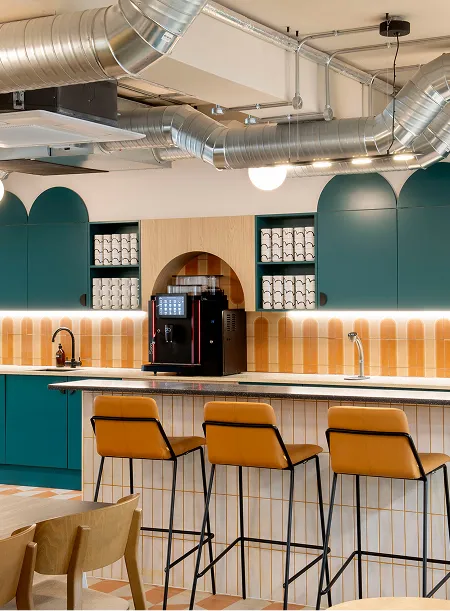Hybrid Working: Your Ultimate Guide (Updated for 2025)

What is hybrid working?
Hybrid working is the new buzz term about town. Essentially, hybrid working means that some team members work remotely, some work in the office, and some as a mixture of both.
The thought of returning to the office is a little unnerving for both businesses and workers. On the one hand, it’ll be great to get the team together again, on the other hand… the morning commute.
Businesses are beginning to think about how to structure their new working models. A physical office provides the space for teams to collaborate and the breathing room for company culture to thrive. Yet there are new social distancing regulations to adhere to, and a team to keep happy and safe. Managing an office, post-pandemic just got a whole lot harder.
Many workers have enjoyed working from home. The lack of travel and extra time with loved ones has been great for work-life balance. However, some people have struggled with the lack of social interaction or adequate workspace.
The different types of hybrid working
Depending on how you structure your hybrid office model, you will have different options available to you for your hybrid working space.
Part time office share
A part-time office is a great way to reduce your costs and keep your team happy. Your business uses the workspace on specific weekdays, and another business will use it on others. You have the advantage of a managed workspace but at a reduced operational cost.

Downsizing to a smaller office
If you have team members who will work remotely on a permanent basis, there is no need for them to have a dedicated desk. You can downsize your current office and take on a smaller private office to accommodate full-time and hybrid team members. Depending on the number of remote workers in your team, this could make significant cost savings for your business.

Dedicate desks and satelite offices
Within your new hybrid working model, you may discover that there are those who want to work in an office, but not necessarily travel to your main HQ every day. In this instance, you can get them a dedicated desk in an office closer to their home. If you have a number of team members in one area, you could also look at private office membership models for them.

Scaling up
Even if your business is operating a hybrid working model, you might prefer to keep a larger office with breakout spaces, private meeting rooms and more capacity for your team to spread out post-pandemic.
Post-pandemic, your main requirement is a flexible workspace. One that will adapt to your team as you iron out the kinks in your model. At Runway East, we can provide everything from hot-desks to 100 person offices depending on what you need and when you need it.
Got Questions? We've Got Answers
We've put together some FAQs to help you settle into life at Runway East.
find your
perfect space
Discover flexible workspace solutions across London, Bristol, Bath, Brighton, and Birmingham. From private offices to enterprise suites, find a space that grows with your team and keeps them happy every day.
.webp)


.jpg)
.png)
.avif)